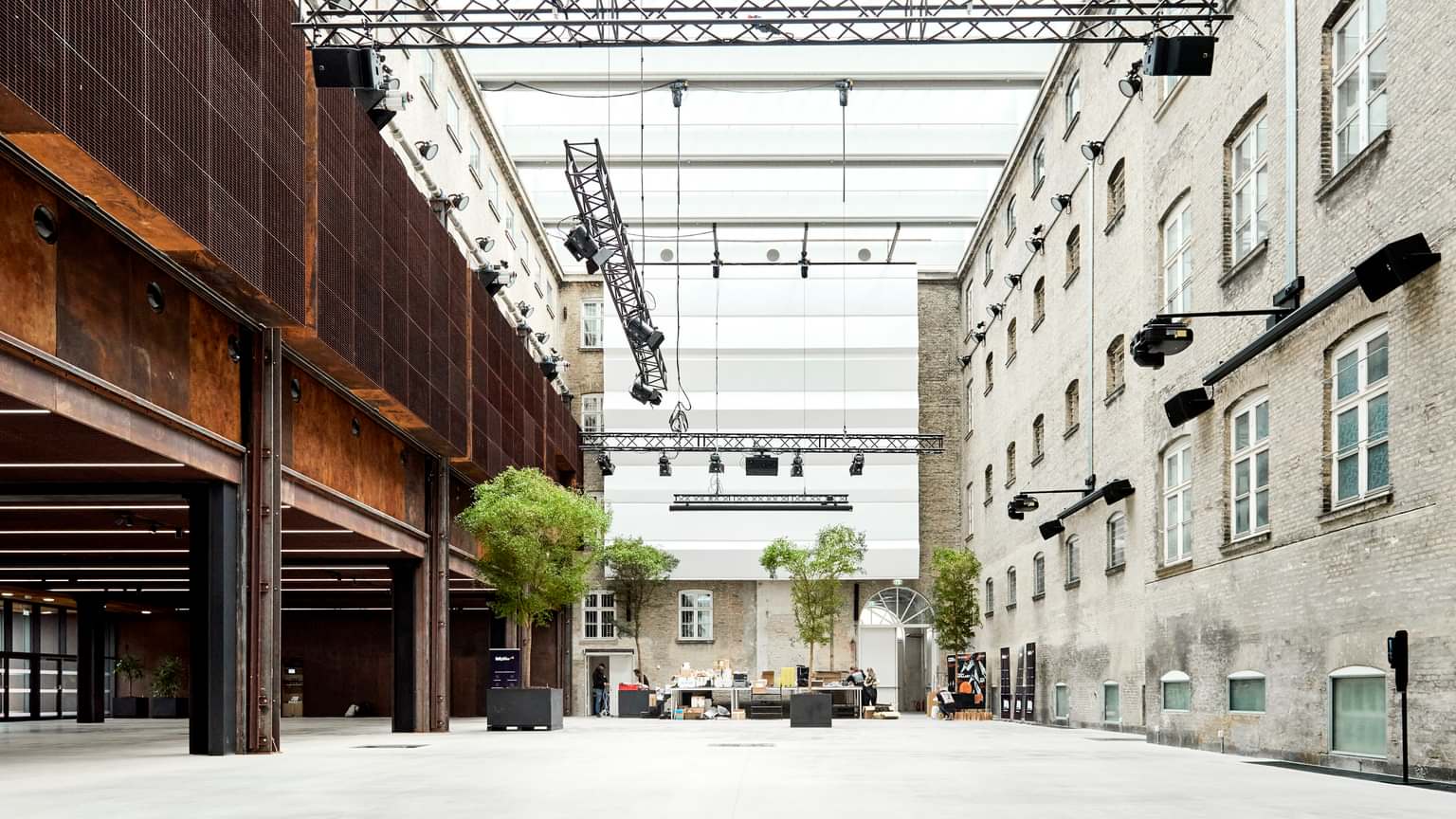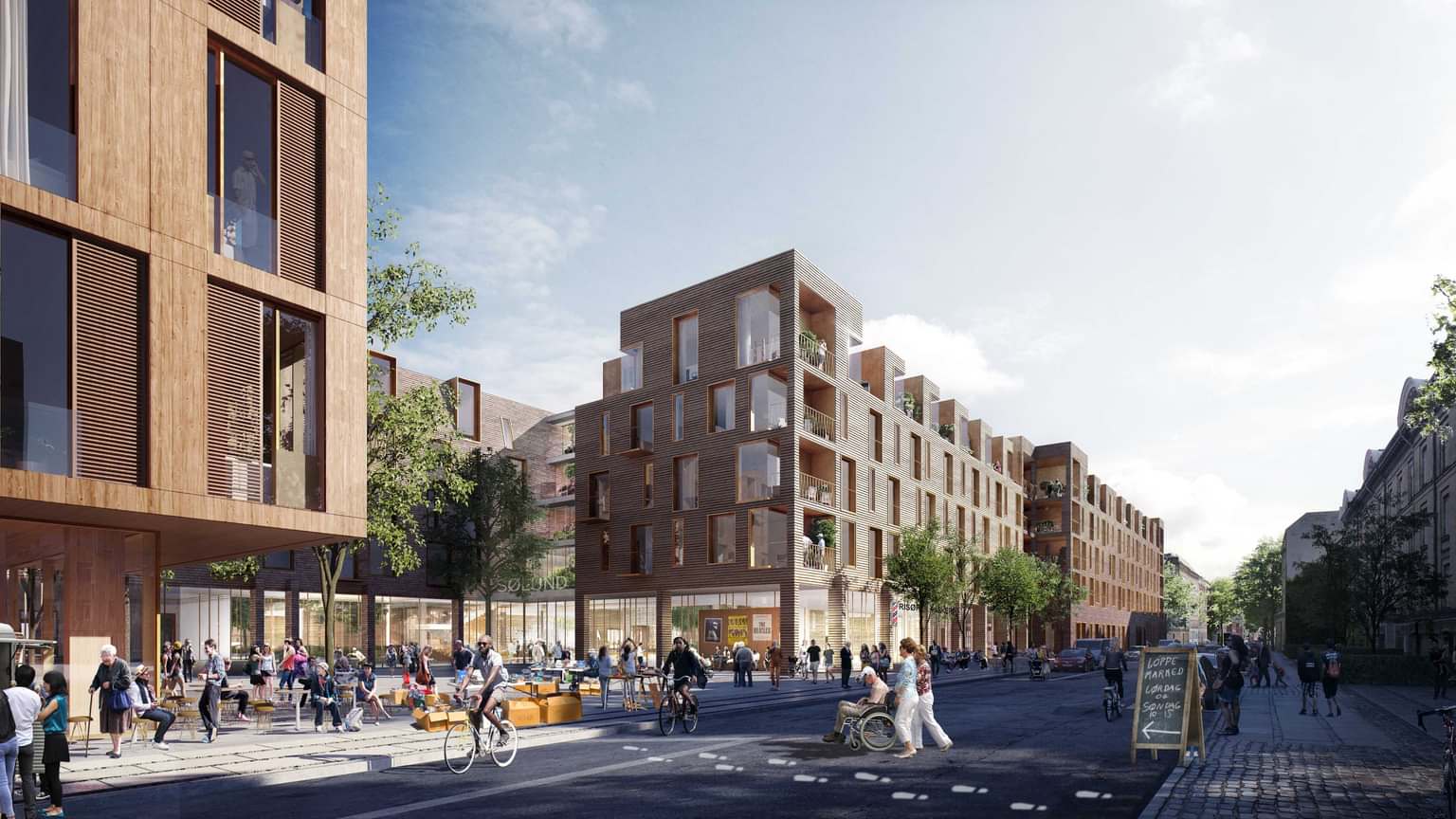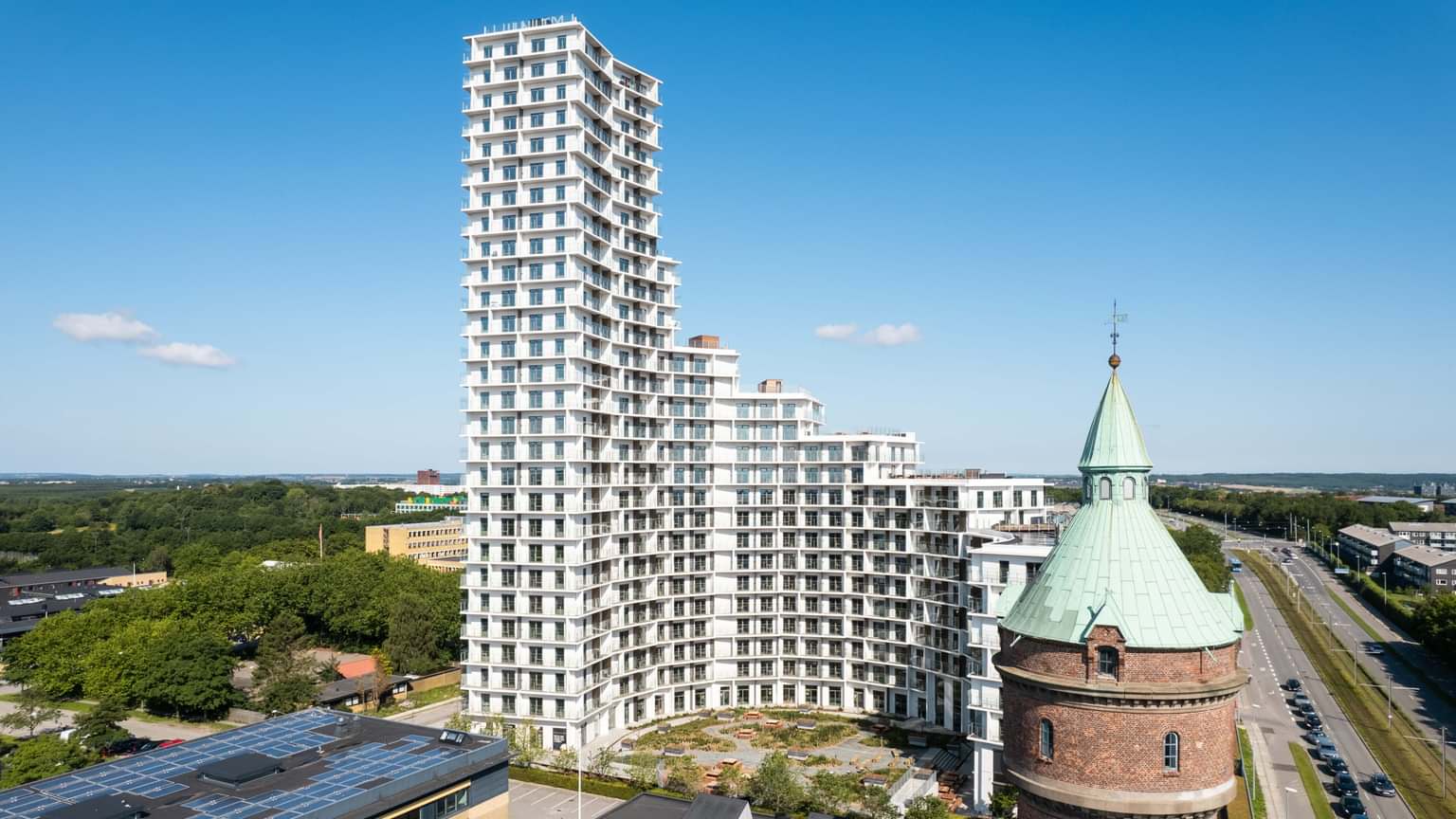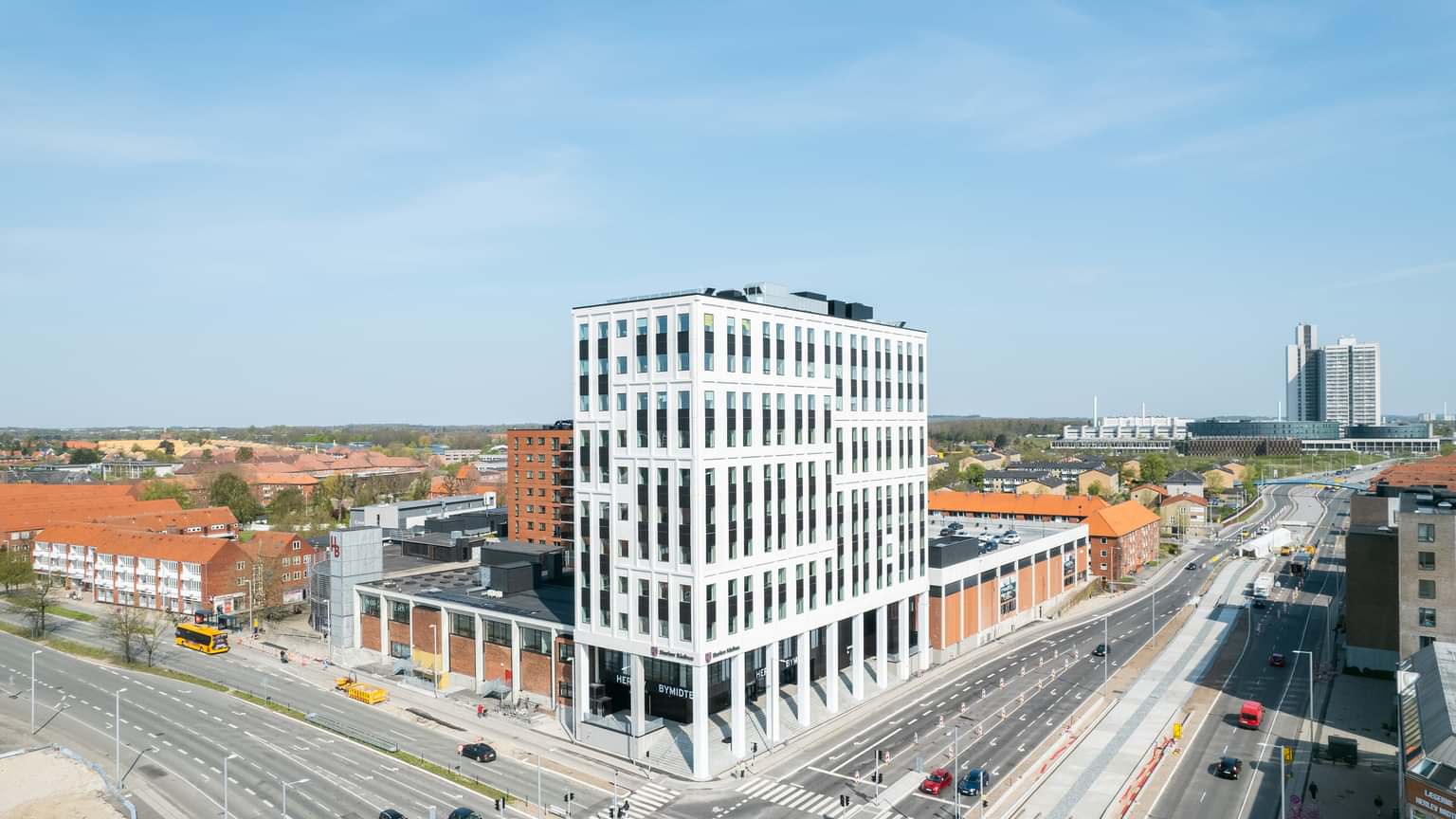Transformation

Transformation of Existing Buildings
Transforming existing buildings makes use of a significant portion of the existing load-bearing structure. This reduces the need for new materials and significantly lowers the building’s CO2 emissions. According to Rådet for Grøn Omstilling - an independent Danish environmental organisation, it is estimated that the environmental impact can be reduced through the reuse or transformation of existing building elements. The amount of CO2 reduction is assessed by our specialists on a case-by-case basis.
By utilising existing square metres through renovation and transformation, it is possible to create buildings that meet today’s requirements for functionality, indoor climate, and user-friendliness – all while using fewer resources and achieving a smaller climate footprint compared to new construction.
Nordstern has experience with projects where existing buildings are integrated into new constructions or significantly altered to create new functions. Examples include:
- Buddinge Byport – where the existing building is transformed into, among other things, a health and employment centre, preserved within a new framework including an extension.
- FÆNGSLET – conversion of historic prison buildings involving alterations to load-bearing structures and the creation of new uses.
- Brohuset – transformation of an office building, including structural changes and the introduction of new functions.
- Herlev Bymidte – partial preservation and modernisation of the existing structure, with additional residential and commercial development.




